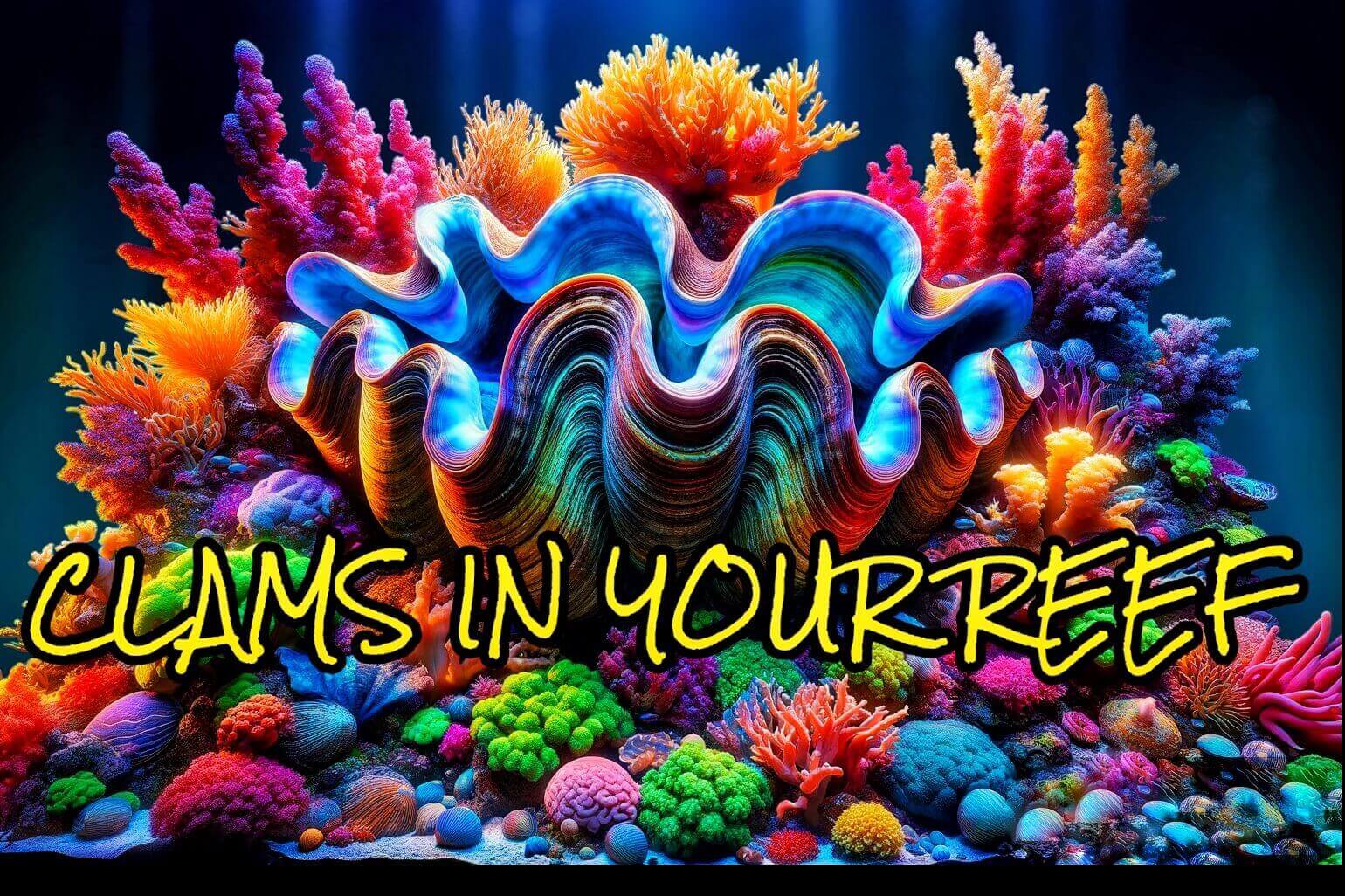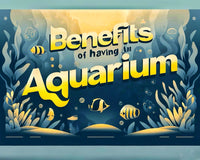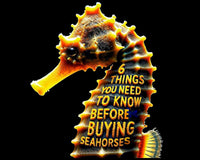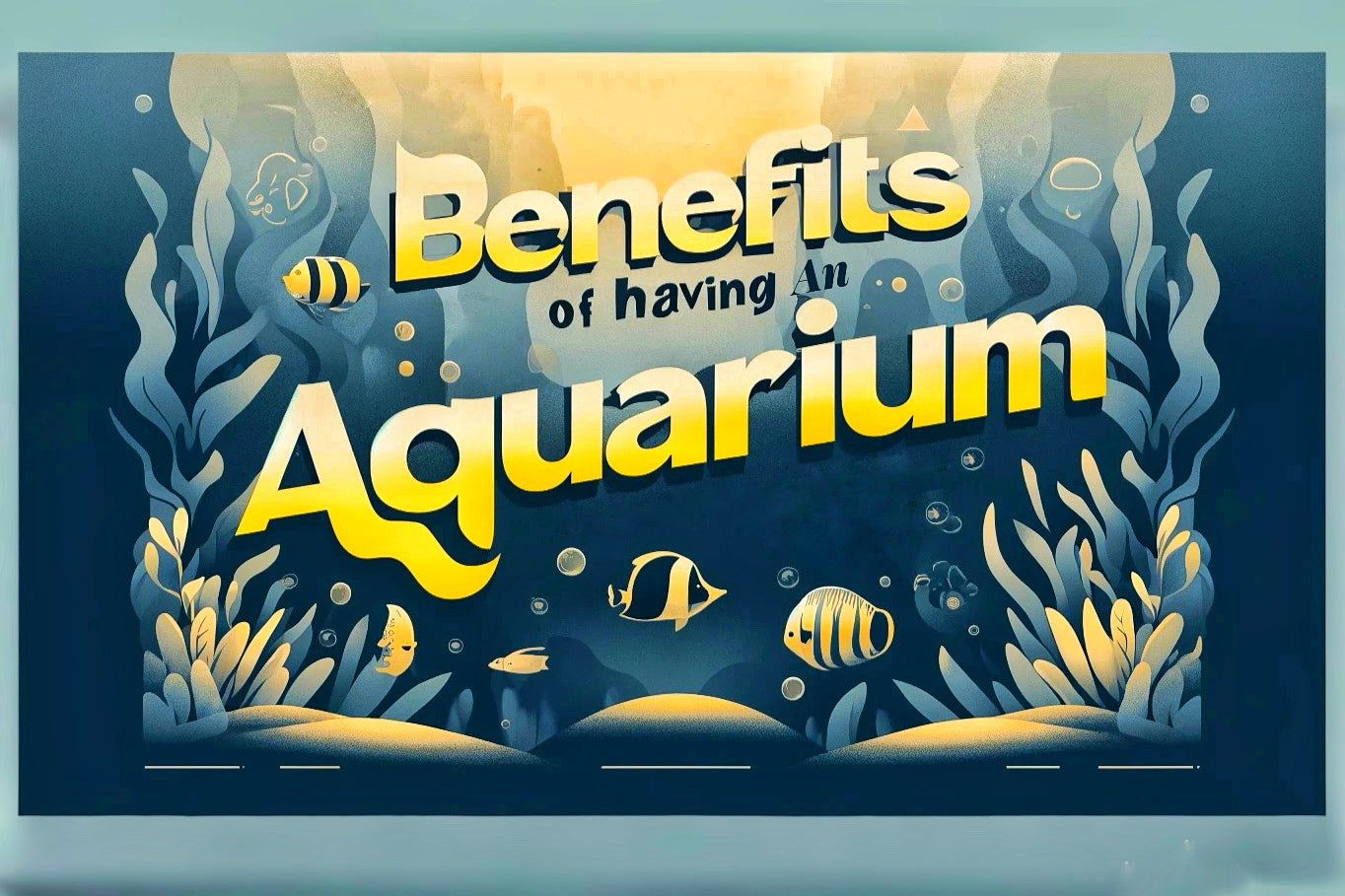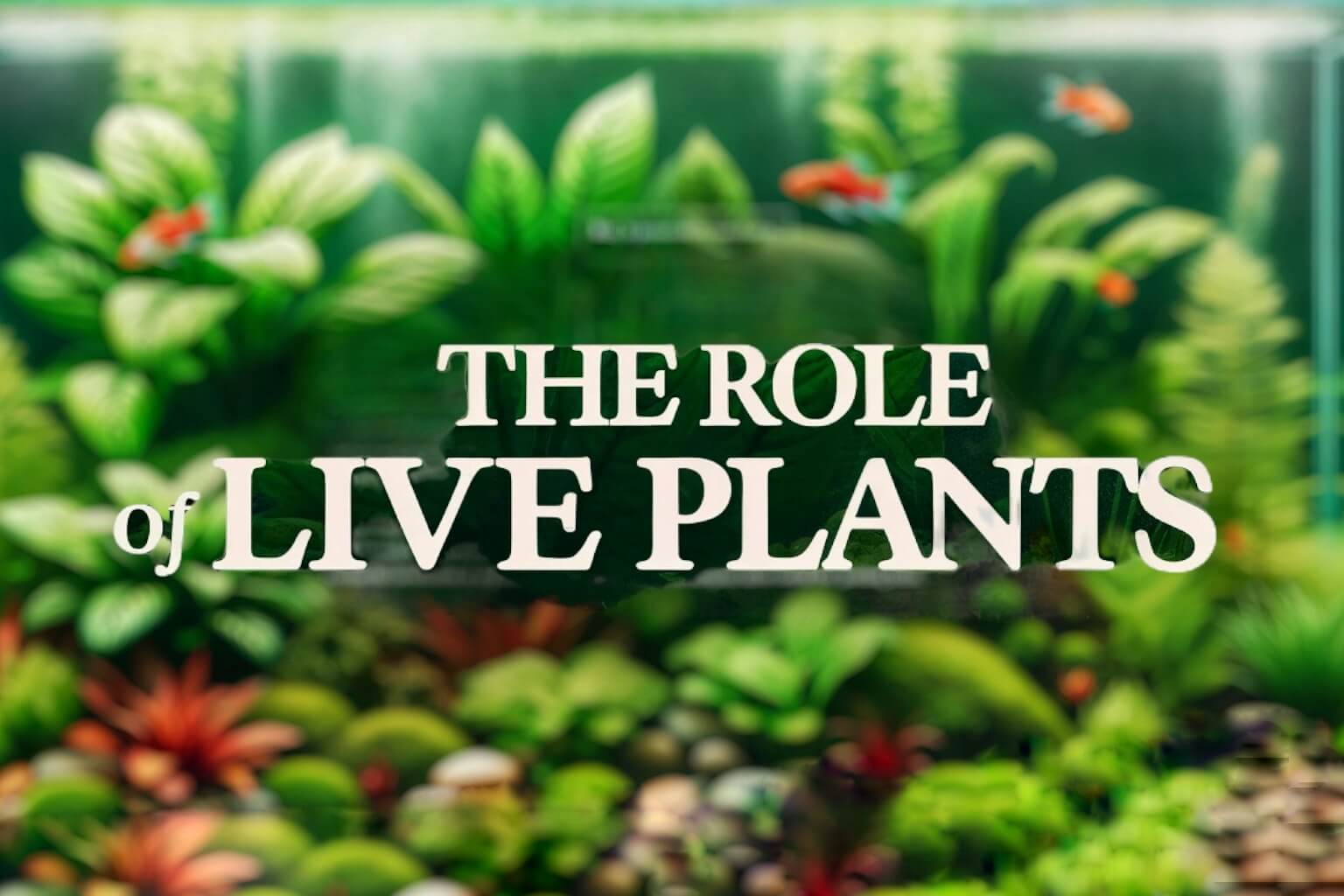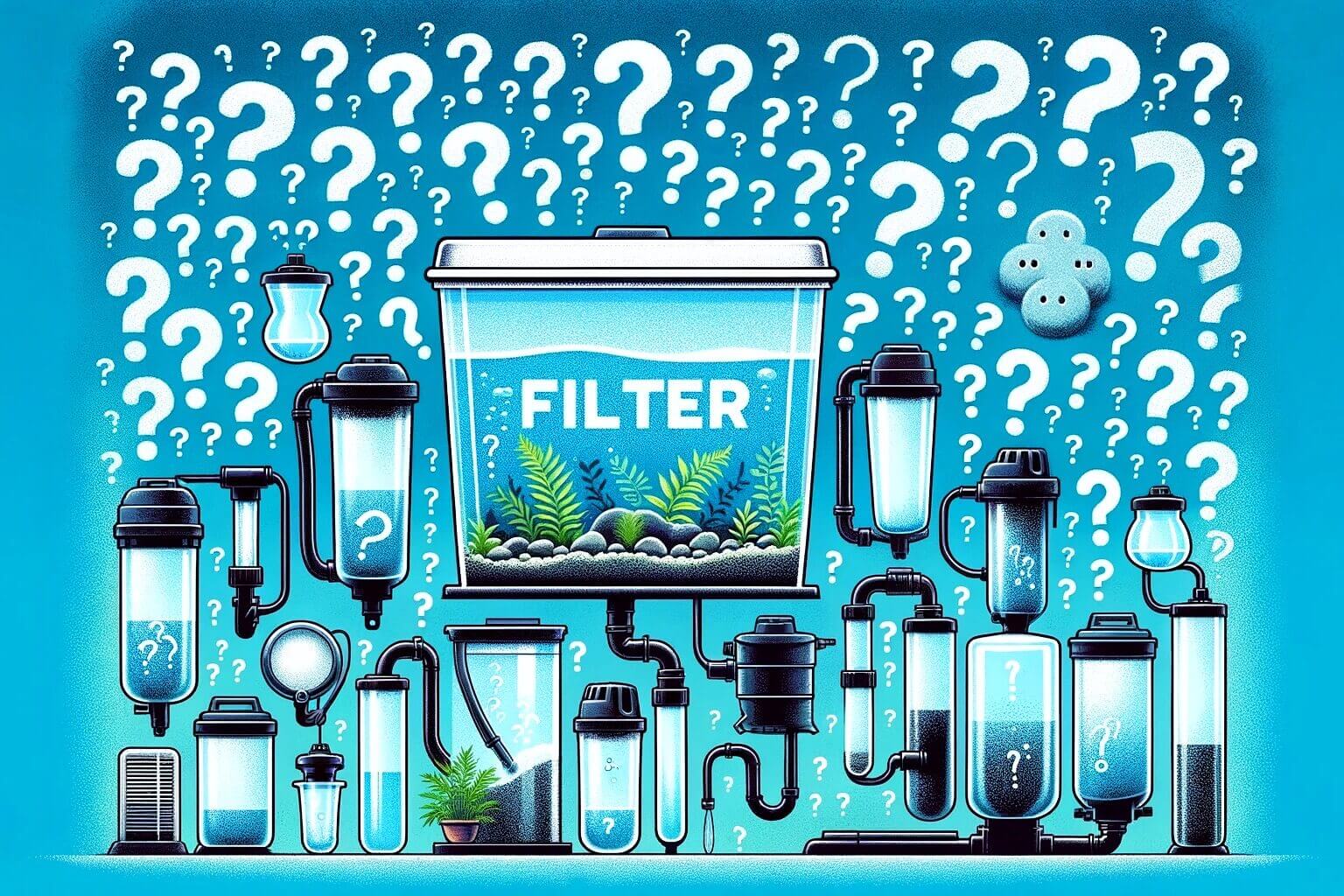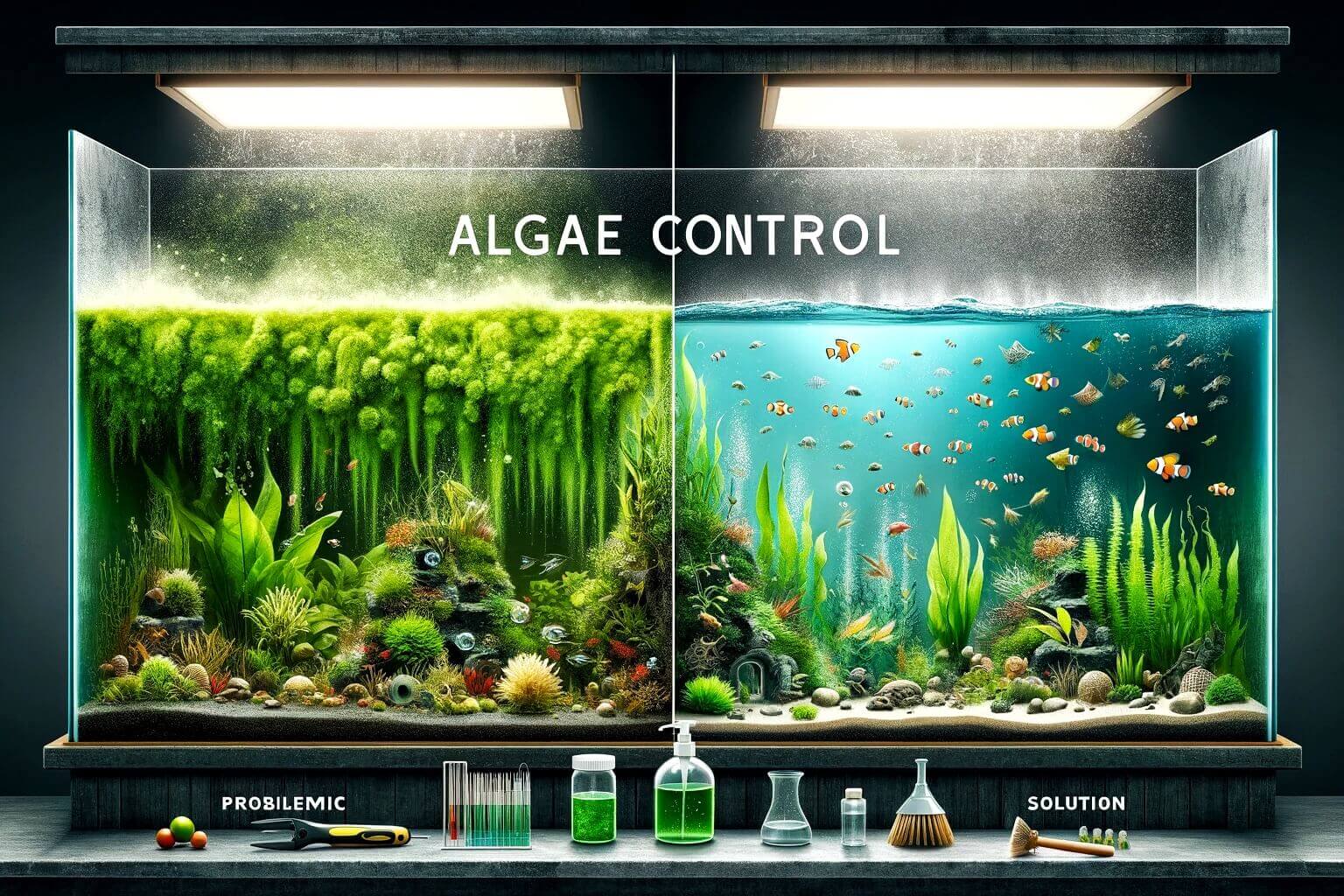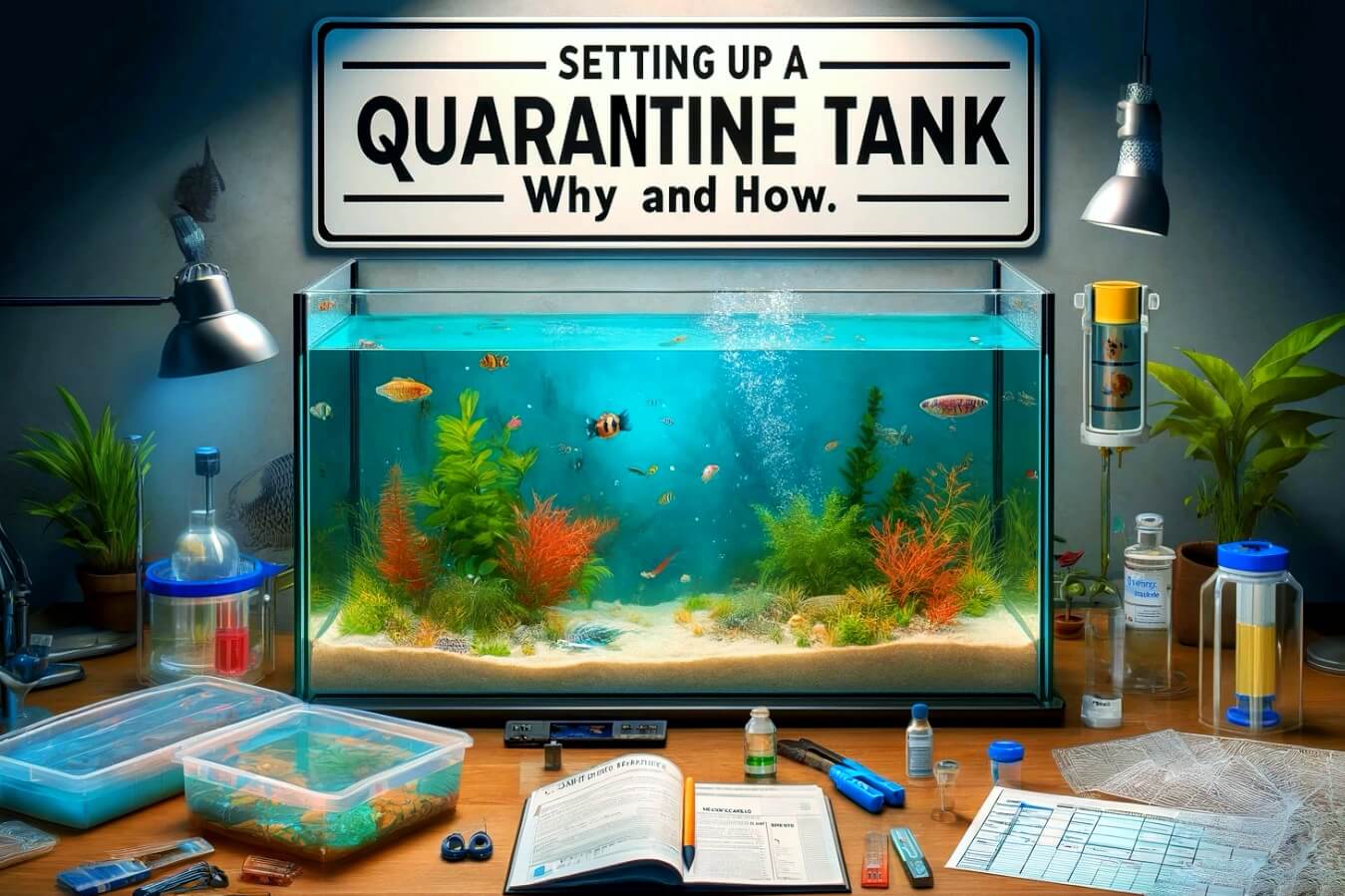The Delicate Art of Keeping Clams in a Reef Aquarium
Maintaining a thriving reef aquarium is both a science and an art, demanding attention to detail and a deep understanding of the complex ecosystem within. Among the most fascinating inhabitants of these aquatic realms are clams, which can add not only aesthetic appeal with their varied colours and patterns but also contribute to the overall health of the reef environment. However, keeping clams is not without its challenges. This blog post aims to guide enthusiasts through the nuances of clam care, ensuring these marine jewels thrive in your reef aquarium.
1. Choosing the Right Clams for Your Aquarium
Not all clams are suited for life in a reef aquarium. Species like the Maxima, Crocea, Derasa, and Squamosa clams are popular choices due to their adaptability and beauty. When selecting clams, opt for those that are active, have a firmly shut shell (which indicates health), and show no signs of bleaching or damage to their mantles.
2. Optimal Tank Conditions
Clams thrive in well-established reef tanks that mimic their natural environment. Key parameters to monitor include:• Water Quality: Maintain high water quality with low nitrate and phosphate levels. Regular water changes and efficient filtration systems are crucial.
• Lighting: Clams rely on symbiotic algae (zooxanthellae) for nutrition, requiring strong lighting to photosynthesise effectively. LED or T5 lighting systems that cover the full spectrum are ideal.
• Calcium and Alkalinity: Keep calcium levels between 400-450 ppm and alkalinity around 8-12 dKH to support shell growth.
• Iodine: Clams absorb iodine from their environment, which is crucial for their metabolic processes. Ensure your water has adequate iodine levels to support their health.
• Placement: Position clams on stable rockwork or the substrate where they won’t be easily disturbed. Ensure they receive adequate light without direct competition from neighboring corals.
3. Feeding Your Clams and Ensuring Proper Nutrition
While clams primarily rely on the symbiotic algae within their tissues (zooxanthellae) for nutrition via photosynthesis, they also benefit significantly from additional feeding. Clams are constant water filters, drawing in water to capture nutrients. Supplementing their diet with fine foods and liquid food preparations can promote health and growth, especially in tanks where light levels may not be optimal. Products such as phytoplankton or specialized clam foods can be introduced to your tank. However, it’s crucial to maintain moderation to avoid deteriorating water quality.
4. Common Challenges and Solutions
• Pests and Predators: Keep an eye out for bristle worms, pyramid snails, and certain crabs, which can harm clams. Regular inspections and a well-maintained cleanup crew can help manage these threats.
• Diseases: Quarantine new additions to your tank to prevent the spread of diseases. Signs of illness in clams include gaping shells and receding mantles. Consult with a marine veterinarian for diagnosis and treatment options.
5. Observation and Patience
Regular observation is critical in detecting early signs of distress or disease in clams. Changes in color, feeding behavior, or shell closure should prompt a review of water parameters and tank conditions. Patience is also vital; clams can take time to acclimate to new environments.

